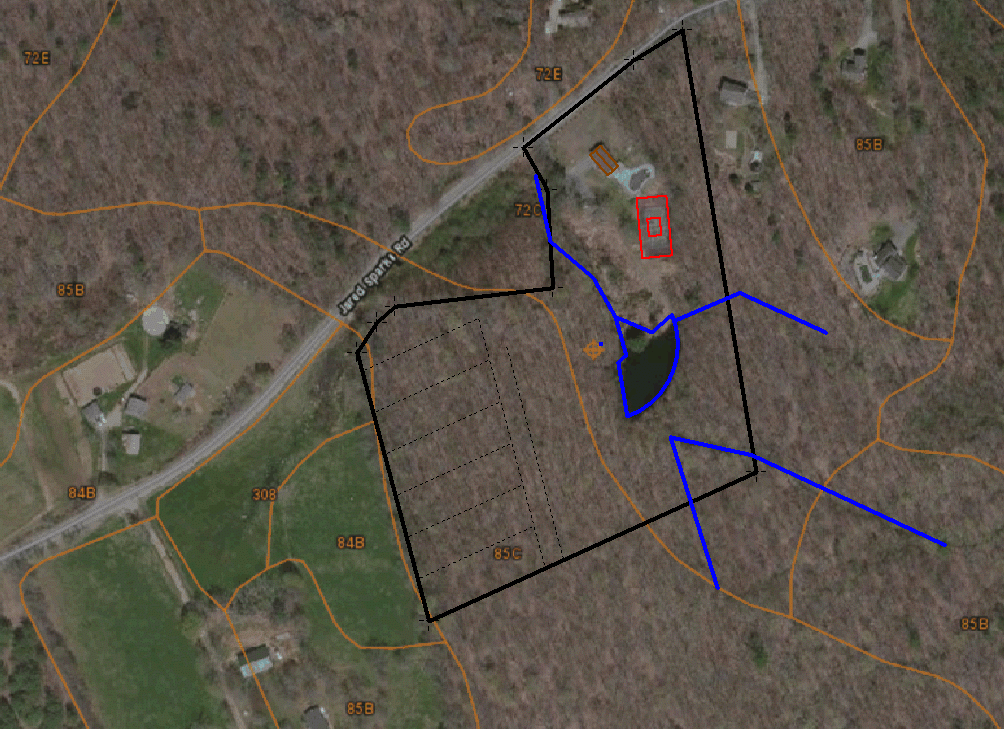




 )
) 1
1








John Polk wrote:A word of caution:
Federal, state, and local regulations often put severe restrictions on 'wetlands'.
Usually, any modifications must be pre-approved (and subject to impact studies).
Even though it is your land (and they charge property taxes on it), they may not allow you to do any modifications to it.








Eric Rummler wrote:I think what each person would consider "correct" would be based on their knowledge of how to use those different lands.
IE: A person who is very familiar & comfortable with Food Forest would probably lean to forest land. A person who was depending on Solar or who was used to growing crops in a field is going to choose that type of property.
Might want to suggest this to your friend as in "How are you planning to use the land"? "What is your area of expertise"?
http://www.cloud9farms.com/ - Southern Colorado - Zone 5 (-19*f) - 5300ft elevation - 12in rainfall plus irrigation rights
Dairy cows, "hair" sheep, Kune Kune pigs, chickens, guineas and turkeys





are Chinampas...considered a modification?




John Polk wrote:I have heard so many horror stories that my property search excluded sites with wetlands. You own it, but they dictate what you can (and must) do with it.








 1
1




Idle dreamer








Idle dreamer
 2
2














"Where will you drive your own picket stake? Where will you choose to make your stand? Give me a threshold, a specific point at which you will finally stop running, at which you will finally fight back." (Derrick Jensen)

|
It's a pleasure to see superheros taking such an interest in science. And this tiny ad:
The new purple deck of permaculture playing cards
https://www.kickstarter.com/projects/paulwheaton/garden-cards
|



